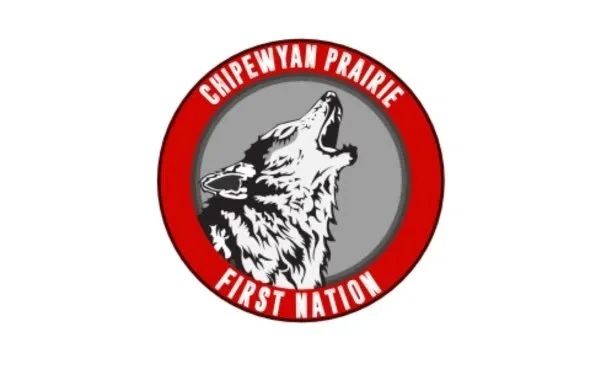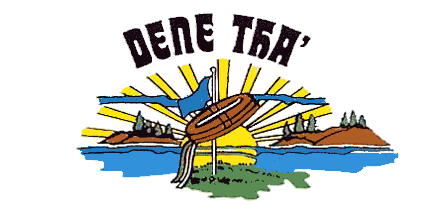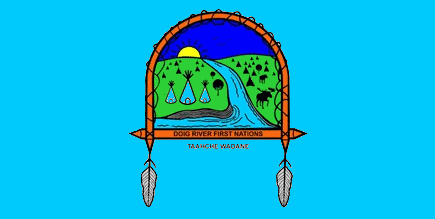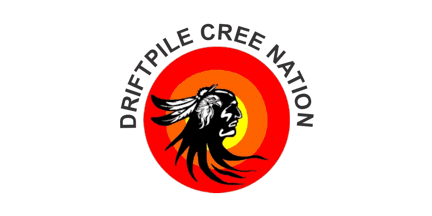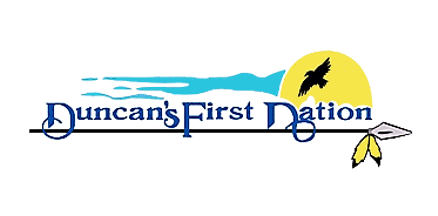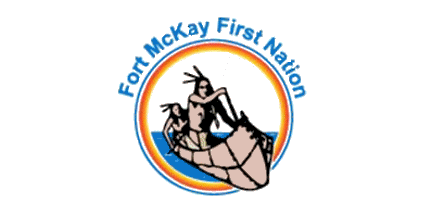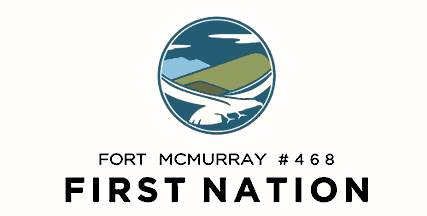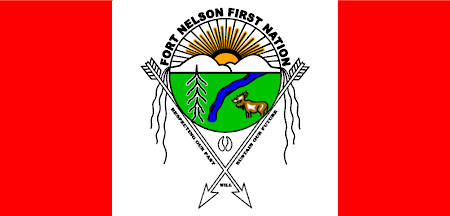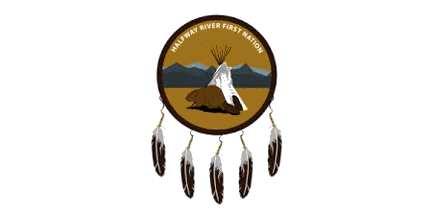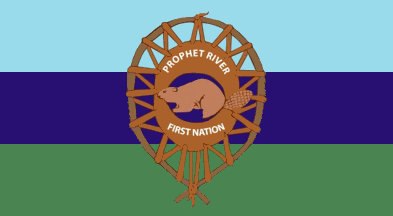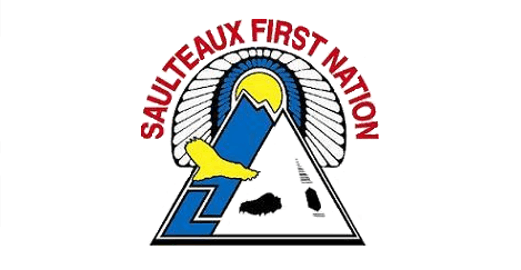Treaty Eight
The Flag of Treaty Eight
The Treaty 8 flag is a powerful emblem representing the Indigenous nations that signed Treaty 8 with the Canadian government on June 21, 1899. Covering a vast area of over 840,000 square kilometers, Treaty 8 includes parts of Alberta, British Columbia, Saskatchewan, and the Northwest Territories. The flag serves as a visual representation of the treaty’s significance, Indigenous sovereignty, and the ongoing commitment to honoring the agreement made between the Crown and the First Nations.
The flag primarily features a Union Jack which signifies the British and Canadian government’s involvement in the treaty. At the center of the flag is an image of the Treaty No. 8 medallion, which depicts a First Nations leader and a Crown representative shaking hands. Above the figures, the text reads: "As long as the sun shines, the rivers flow, and the grass grows." This phrase symbolizes the perpetual and sacred nature of the treaty agreement. The flag has bold white text around the medalion that reads: "TREATY NO. 8 TERRITORY The year "1899" are displayed on either side of the central emblem, marking the year the treaty was signed.
Treaty 8 was one of the numbered treaties negotiated by the Canadian government as part of its westward expansion. The Crown sought to secure land for settlement and resource development while promising Indigenous nations the right to continue their way of life, including hunting, fishing, and trapping. Chiefs and leaders of the Cree, Dene, and other Indigenous groups signed the treaty with the understanding that their rights and traditions would be protected.
Map of the Numbered Treaties
However, like many treaties, Treaty 8 has been a source of ongoing debate and struggle. Many Indigenous nations argue that the government has failed to uphold its promises, particularly concerning land rights, resource extraction, and self-governance. The flag is not just a symbol of history—it is also a reminder of the treaty’s unfulfilled commitments.
Today, the Treaty 8 flag is flown at government buildings, Indigenous communities, and cultural events. It serves as a symbol of resilience and a call for recognition of treaty rights. Many First Nations continue to advocate for land protection, economic sovereignty, and proper consultation on resource development.
The flag also plays a key role in education and awareness, reminding both Indigenous and non-Indigenous Canadians of the historical agreements that shape the country. Its presence at protests, gatherings, and official events highlights the ongoing struggle for justice and reconciliation.
Treaty Four Communities
Communities without a Flag
West Moberly First Nations
Recently Posted
Categories
- Alberta 11
- Armed Forces 16
- British Columbia 6
- Canada 131
- Cities 64
- County / Municipality / Regional District / Township 1
- Government 9
- Historical 2
- Indigenous 17
- International Flags 27
- International Organizations 3
- Manitoba 4
- New Brunswick 3
- Newfoundland 7
- Northwest Territories 4
- Nova Scotia 6
- Nunavut 5
- Ontario 8
- Police 1
- Prince Edward Island 4
- Quebec 21
- Royalty 6
- Saskatchewan 7
- Schools 1
- Sports 5
- Yukon 2





